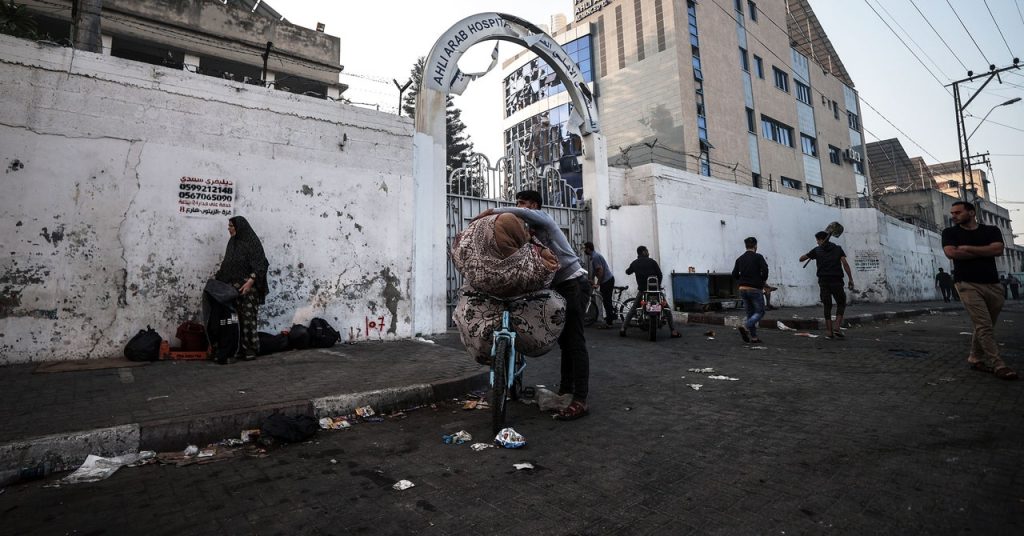“When you see people in such a capacity putting out a claim, walking it back, putting out a video, deleting the video, it makes it tough, not just for us to do our job, but even for the public to find out what’s going on,” Koltai says.
The post on Israel’s official account was subsequently edited to remove the video while maintaining its claim that the attack was not the result of an Israeli strike.
Meanwhile, social media was flooded with videos and images that claimed to provide proof of the origin of the attacks, with many accounts making definitive judgments about those they claimed were responsible for the attack, all without any actual proof.
For experts in the OSINT community who have spent years working on incidents just like this, the confusion and misinformation were frustrating. Figuring out what happened takes time, and the deluge of misinformation only made that work more difficult.
“It’s because we are trying to track a rocket, at night, via a couple of livestreams, a security camera, and a phone camera,” an OSINT researcher, who posts anonymously on social media using the handle OSINTtechnical, tells WIRED. “Oh, and there are bad actors purposely trying to muddy the waters. I would say we still have an acceptable number of resources to see into Gaza, but it takes some time to parse everything to a complete degree.”
The researcher adds that their job was made infinitely more difficult by media outlets running with the claim that Israel was responsible. “That blows everything out of the water,” OSINTtechnical says.
Koltai says she began trying to figure out what had happened within hours of the incident, before her colleagues in Europe took over today. Despite being among the first to begin investigating the incident, as of this afternoon Bellingcat had still not confirmed how the attack happened or who was responsible.
Similarly, the BBC Verify team published its analysis of the explosion based on the available information but has been unable to conclude what exactly happened. A number of videos captured with mobile phones and circulated on social media appear to show the moment of the explosion from different angles. A livestream operated by Al Jazeera shows two flashes, one further away from the camera and one much closer, which some claim shows the rocket launching, followed by the explosion. Footage captured this morning shows the hospital’s parking lot, and what appears to be a small impact crater. Footage shows damage to a number of cars, but only minor damage to the exterior of the hospital building.
Read the full article here









